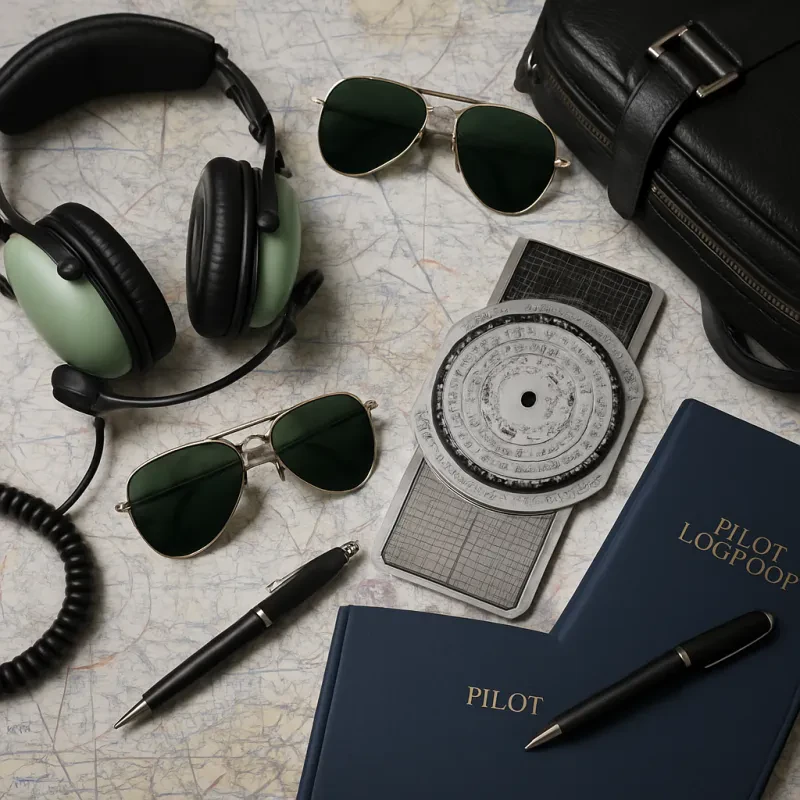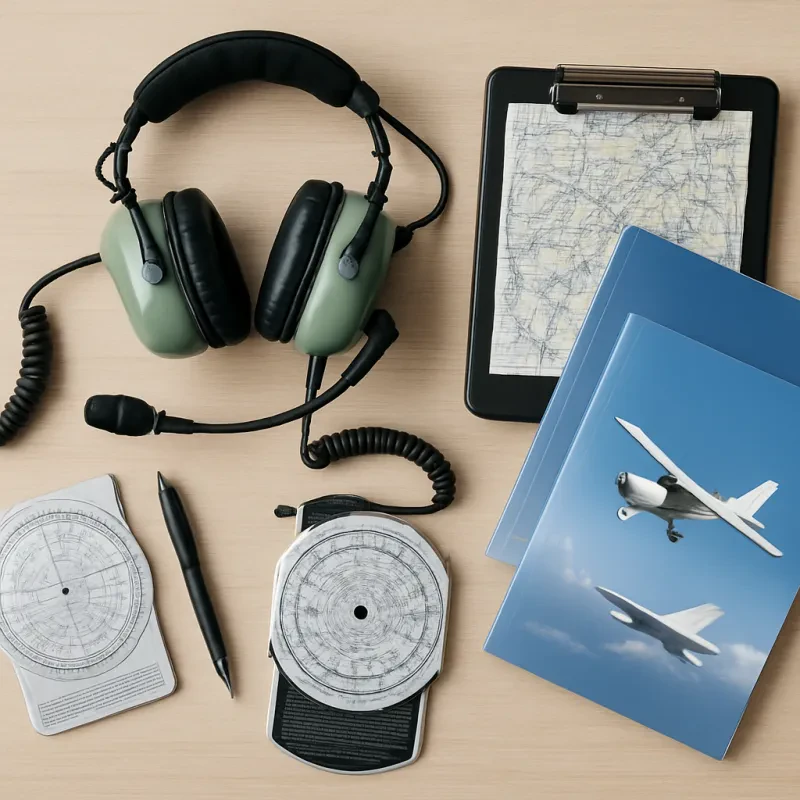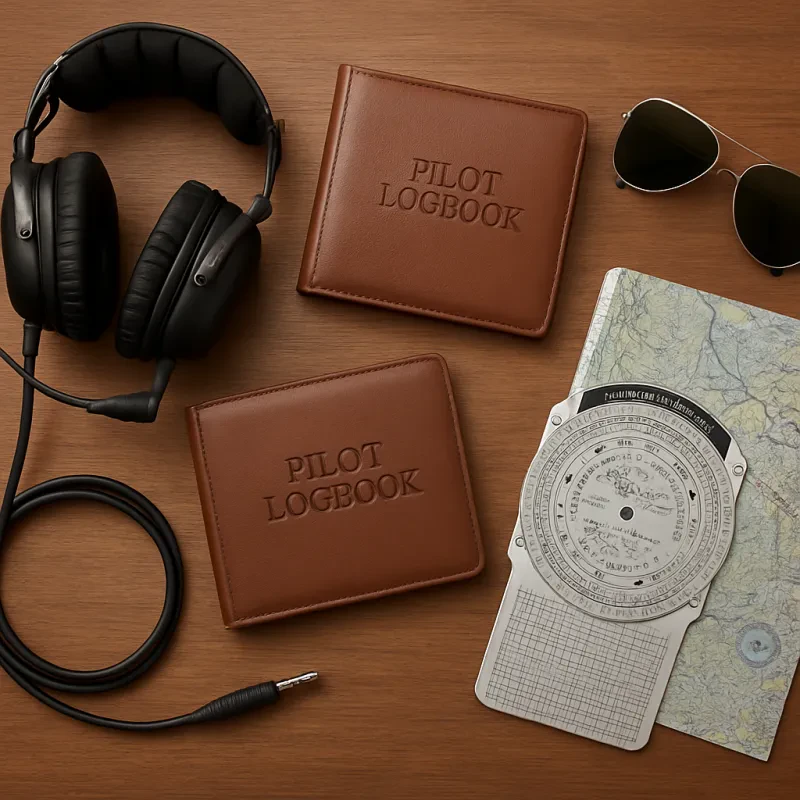As a student pilot, understanding airspace categories is crucial for safe and efficient navigation. Airspace is divided into different categories based on a variety of factors including altitude, visibility, and air traffic control services. By familiarizing yourself with these categories, you can effectively plan your flight routes and comply with regulations.
Class A airspace is reserved for commercial and military aircraft flying at high altitudes, typically above 18,000 feet. This airspace is heavily regulated and generally requires an instrument rating to enter. Class B airspace surrounds the busiest airports and requires clearance from air traffic control to enter. Class C airspace is designated around airports with moderate levels of air traffic and also requires communication with air traffic control.
Class D airspace is found around smaller airports and requires communication with air traffic control but does not have the same level of restrictions as Class B or C airspace. Class E airspace encompasses all controlled airspace that is not designated as Class A, B, C, or D. It is important for student pilots to be aware of the airspace categories they will be flying through and to follow all regulations and communication requirements.
Communicating with Air Traffic Control
Communicating effectively with air traffic control (ATC) is a crucial skill for student pilots as they navigate through different airspace. When contacting ATC, always be clear, concise, and professional in your communication. Remember, they are there to help guide you safely through the sky.
Before making any radio calls, listen carefully to the frequency to avoid interrupting ongoing communications. When it's your turn to speak, start with the name of the facility you are contacting, followed by your aircraft's call sign. For example, "Miami Center, Cessna 1234A." This helps ATC quickly identify you and provide the necessary instructions.
When receiving instructions from ATC, repeat back key details to ensure you understood them correctly. Using proper radio phraseology is also important for clear communication. For example, instead of saying "um" or "uh," simply pause to collect your thoughts before responding.
Remember to always remain calm and composed on the radio, even in high-stress situations. ATC is there to assist you, but they need your cooperation to ensure a safe flight for everyone in the airspace. Practice your radio communication skills regularly to build confidence and proficiency in this essential aspect of flying.
Mastering VFR Navigation Techniques
Navigating the skies as a student pilot can be daunting, but mastering VFR (Visual Flight Rules) navigation techniques is crucial for a safe and successful flight. Understanding how to read a sectional chart is the first step in effective navigation. These charts display important information such as airspace boundaries, radio frequencies, and landmarks that can help you pinpoint your location in the sky.
Pilots must also be proficient in pilotage, which is the art of navigating by visual reference to the ground. This involves using landmarks, roads, and bodies of water to help guide your way. Dead reckoning is another important technique that involves calculating your position based on your heading, airspeed, and time en route. By combining pilotage and dead reckoning, you can navigate with precision even in unfamiliar territory.
Utilizing tools such as a VOR (Very High Frequency Omni-Directional Range) receiver and GPS (Global Positioning System) can also enhance your navigation skills. VOR receivers help you track specific radio signals from ground stations, while GPS provides accurate position information using satellite technology. By incorporating these tools into your flight plan, you can navigate more efficiently and effectively, while also gaining valuable experience with advanced navigation techniques.
Managing Emergencies in the Air
First and foremost, it's crucial for student pilots to stay calm and focused in the event of an emergency. Panicking will only make the situation worse and impede your ability to think clearly and make decisions. Remember to breathe deeply and assess the situation before taking any action.
Communication is key when managing emergencies in the air. Make sure to keep in contact with air traffic control and other nearby aircraft to let them know about your situation. They can provide guidance and assistance to help you safely navigate through the emergency.
Having a thorough understanding of your aircraft's emergency procedures and checklists is essential for handling emergencies effectively. Make sure to familiarize yourself with these procedures before every flight and practice them regularly so that they become second nature in case of an emergency. By staying prepared and maintaining a calm demeanor, student pilots can navigate emergencies in the air with confidence and skill.


